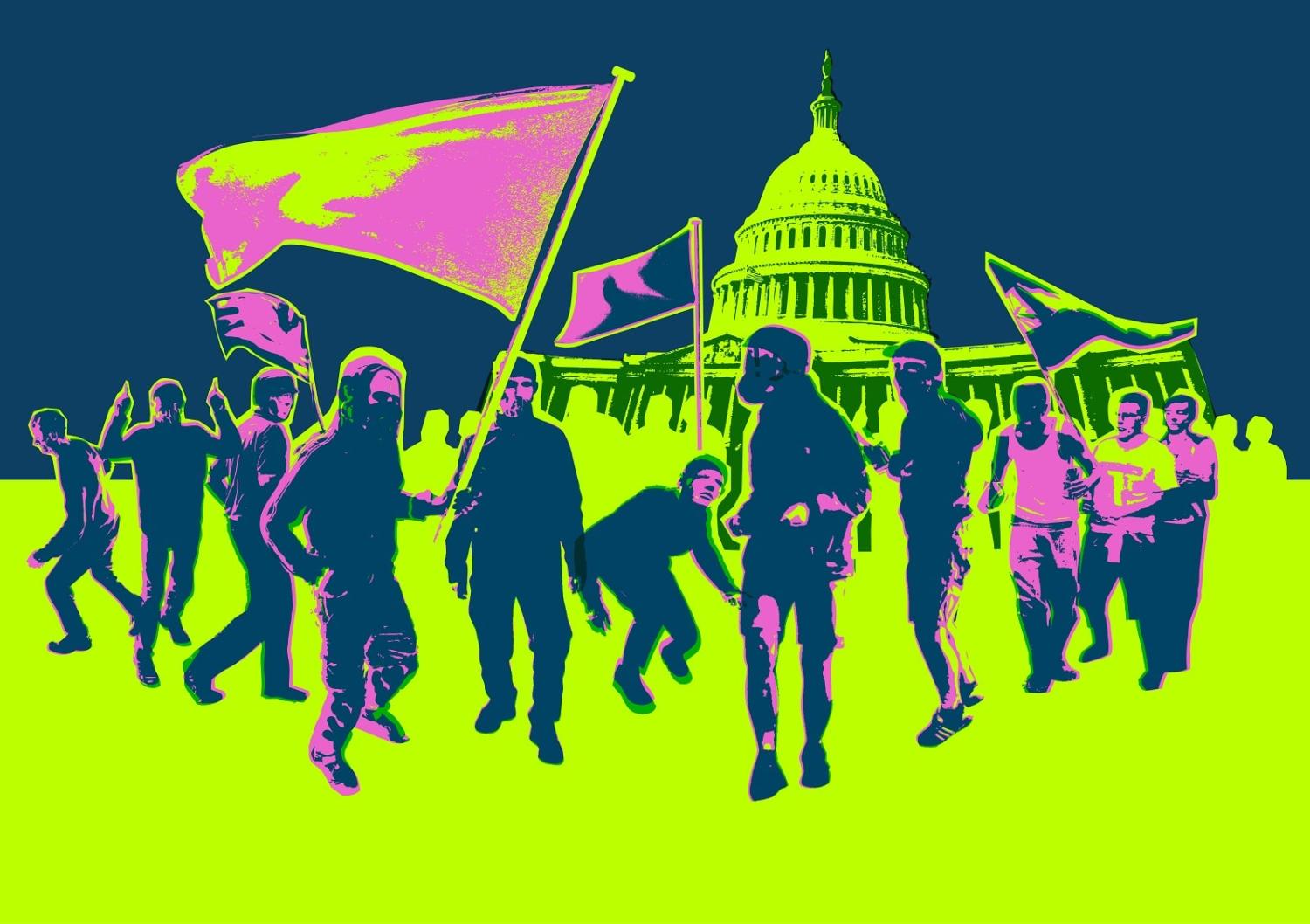 Book Review: Rise of the Extreme Right: The New Global Extremism and the Threat to Democracy, by Lydia Khalil (Penguin, 2022).
Book Review: Rise of the Extreme Right: The New Global Extremism and the Threat to Democracy, by Lydia Khalil (Penguin, 2022).
Far-right terrorism and extremism are on the rise around the world, threatening not only lives but democracy itself. Sometimes, far-right extremism takes the form of white supremacist violence, such as the 2019 attack on two mosques in New Zealand that killed 51 worshippers. In other cases, it is linked to broader social movements, such as the anti-pandemic restrictions protests in Ottawa that shut down the city for several days in 2022. For many Americans, the most chilling instance was the January 2021 assault on the US Capitol by supporters of President Donald Trump, an attack against a “stolen election” that still shapes US politics.
Lydia Khalil, an extremism expert at the Lowy Institute, has written a valuable paper to help us understand this danger. In Rise of the Extreme Right, Khalil takes a global perspective, warning of the increase in right-wing terrorism and extremism around the world, explaining the conditions that facilitate their rise, and detailing the threat that they pose to democracies.
Yet to guard against the threat, we must also recognise the numerous weaknesses of white supremacists and other right-wing extremists.
Let’s start with their ideas. As Khalil notes in her paper, far-right extremist ideas often include white supremacy, anger at Covid-19 restrictions, a sense that crooked elites are using immigration to undermine traditional society, and numerous conspiracy theories, such as those linked to QAnon. This broad array of ideas gives extremists a rich well of potential supporters from which to draw. At the same time, however, the ideas are so disparate it is hard for leaders to orient the movement toward any particular goal, and for them to steadily build pressure on its enemies or otherwise move forward.
Indeed, the movement is clearly capable of killing people and of disrupting politics, but it is far from clear how it will achieve its extreme agenda. Most of its ideas are not popular, and the associated violence often discredits the broader movement as a whole. Some extremists hope to further polarise and accelerate societal collapse, an approach that, for now at least, appears far-fetched: Western governments have problems, but they are not teetering on the abyss.
Part of the issue for many extremist groups and the movement as a whole is the poor quality of the leadership and the limited capacity of many followers. Leaders often quarrel with one another, and the movement is divided into numerous small groups: indeed, many of the worst attacks have been done by individuals who are not affiliated with any group at all.
The movement relies heavily on social media to recruit and discuss ideas, but social media has a levelling effect, creating “influencers” rather than leaders: very few extremists see themselves as bound by the decisions of a particular leader. The movement does not have training camps nor a state sponsor (though Russia’s activities in this space are troubling), making it hard to improve the quality of its personnel, as groups such as Hezbollah and al-Qaeda have done.
Right-wing extremists can still kill people or conduct disruptive protests, but because of these weaknesses it is hard for them to evade arrest and sustain operations. This is a particular problem if there is an aggressive law enforcement response, as has happened in the United States after the 6 January 2021 Capitol insurrection.
Because right-wing extremists are public but poorly trained, they are often easy to identify and arrest when law enforcement seeks to act. Their reliance on social media is a particular vulnerability, as they often give away incriminating information not realising that police and intelligence officials are listening too. In addition to incriminating themselves, they often reveal entire networks of like-minded individuals.
One of the most difficult challenges, however, is discussed in great detail in Khalil’s book: the problem of politics. Where right-wing extremists appear to be having the most success is not with guns or bombs but with ballots. In the United States, France, Poland and other countries, far-right candidates campaigning on anti-immigrant and other nativist issues have done well. Here the response goes far beyond traditional counter-terrorism, requiring not just a technical solution to violence but a broader social rejection of hateful ideas and people who foster them.

